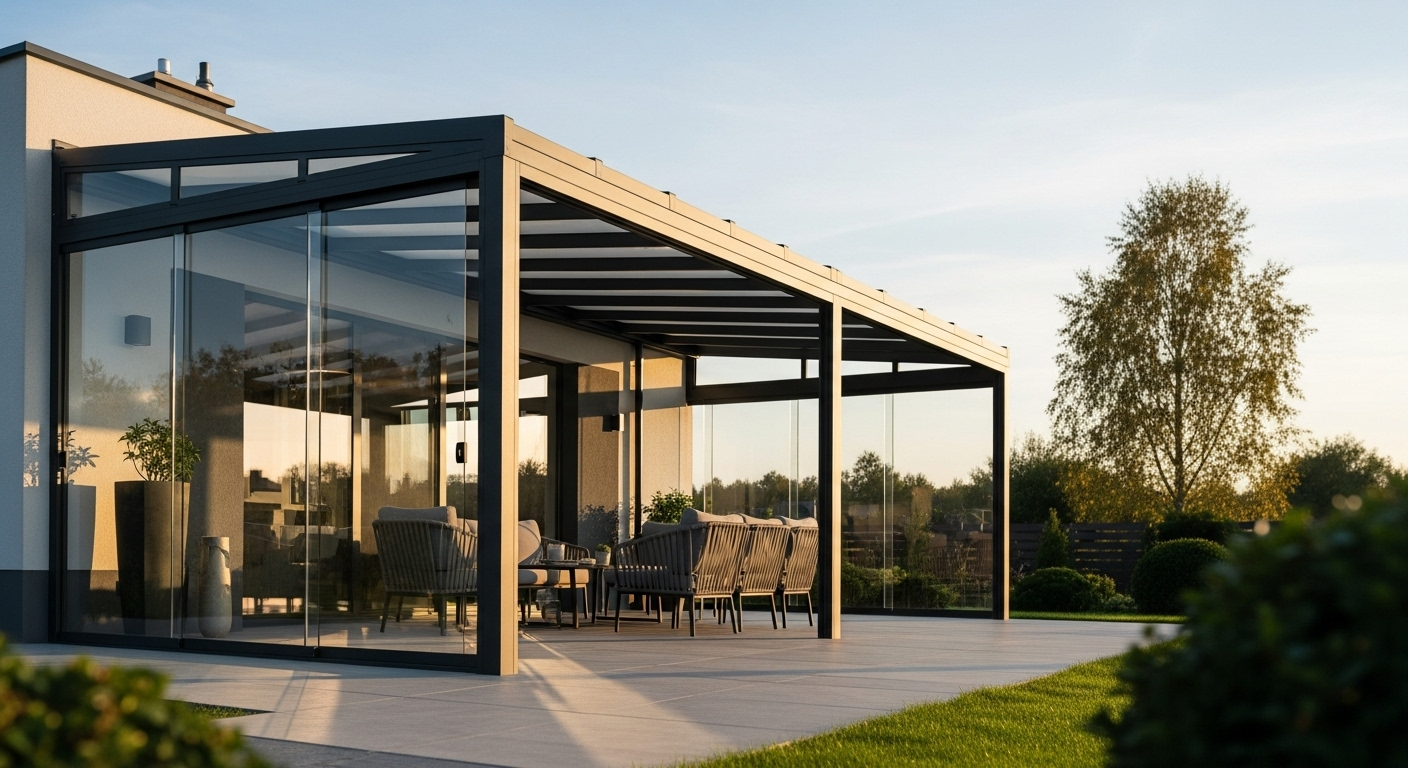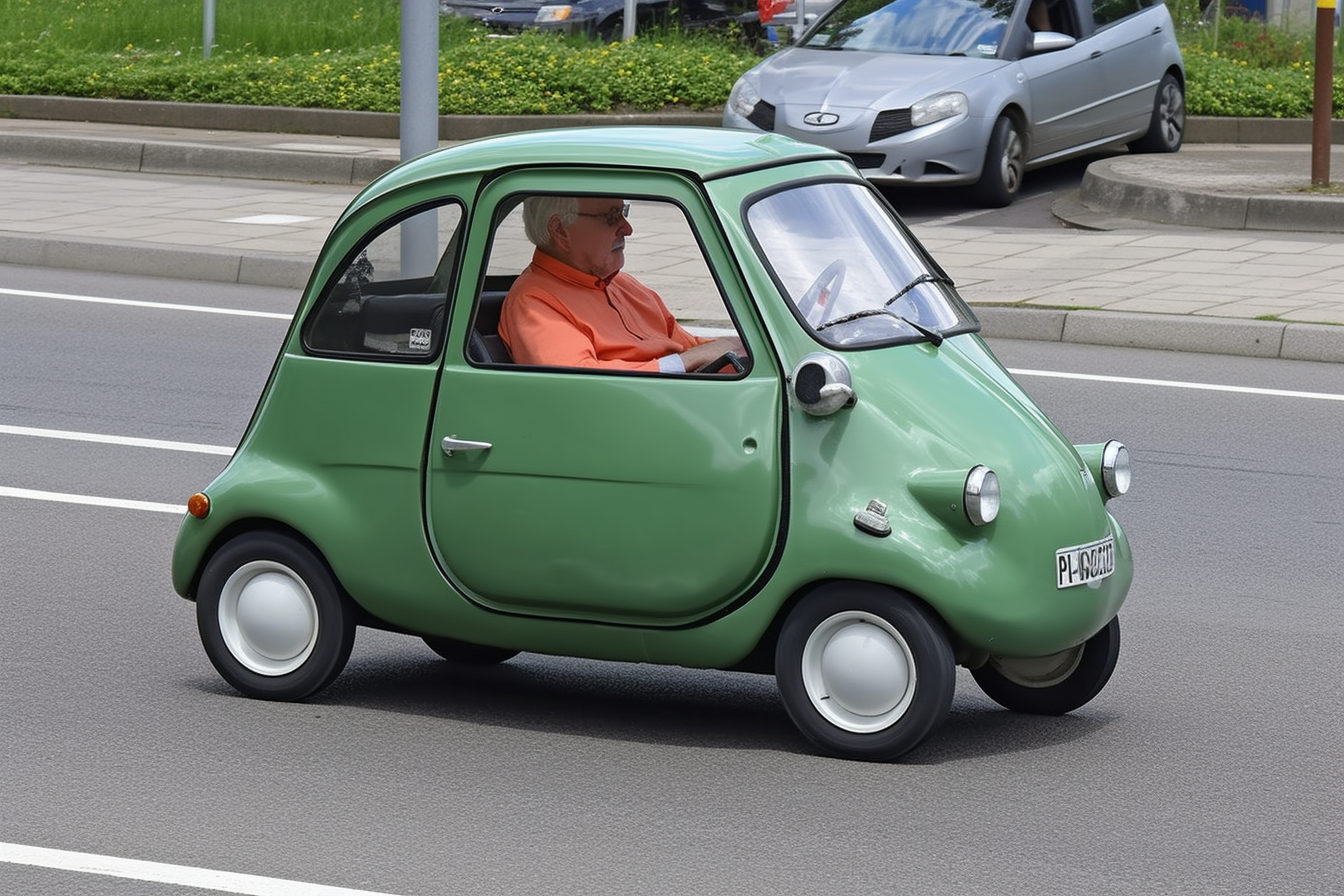Backyard Apartments: Affordable Housing's New Frontier
In recent years, the concept of backyard living has transcended traditional notions of residential spaces, becoming a modern-day staple for those seeking cost-effective, independent, and unique housing solutions. As we approach 2025, "Backyard Apartment For Rent" signs are popping up in neighborhoods across the country, offering a glimmer of affordability and privacy in a bustling real estate market.

The housing affordability crisis has sparked creative solutions across American communities, with backyard apartments emerging as a practical response to limited inventory and rising costs. These secondary dwelling units, built on existing residential properties, offer complete living facilities including kitchens, bathrooms, and sleeping areas while maintaining independence from the main house.
Welcome to Backyard Apartments
Backyard apartments, formally known as accessory dwelling units or ADUs, are self-contained residential units located on the same lot as a primary residence. These structures can take various forms, from converted garages and basement apartments to newly constructed standalone buildings. Unlike traditional additions, ADUs function as complete homes with separate entrances, utilities, and living amenities.
The concept has gained significant traction in cities facing housing shortages, with many municipalities updating zoning laws to encourage ADU development. California, Oregon, and Washington have led the charge with state-level legislation streamlining the approval process, while cities like Portland, Seattle, and Los Angeles have seen substantial increases in ADU construction permits.
The Appeal of ADUs
For property owners, backyard apartments represent multiple benefits beyond rental income. These units can house aging parents, adult children, or provide flexible space for home offices or studios. The rental income potential helps offset mortgage payments and property taxes, making homeownership more sustainable in expensive markets.
Renters find ADUs attractive for their unique combination of privacy and community connection. Unlike large apartment complexes, ADU tenants often enjoy quieter environments, private outdoor access, and closer relationships with landlords who live on-site. Many ADUs feature modern amenities and energy-efficient designs, providing comfortable living spaces at more reasonable prices than comparable standalone rentals.
The location advantage cannot be overstated. ADUs often sit in established neighborhoods with mature trees, good schools, and convenient access to public transportation. This allows renters to live in areas that might otherwise be financially out of reach.
Affordable Housing Solution
Backyard apartments address housing affordability through increased supply and diverse price points. By utilizing existing infrastructure and lot space, ADUs add housing units without requiring new land development or extensive public investment in roads and utilities.
Studies from the Urban Institute indicate that ADUs typically rent for 20-30% less than comparable market-rate apartments in the same neighborhood. This price differential stems from lower development costs per unit and the informal nature of many ADU rental arrangements.
The construction timeline for ADUs also supports faster housing delivery. While large apartment developments can take years from planning to occupancy, ADUs often complete construction within 6-12 months, providing quicker relief to tight rental markets.
Modern Living at a Lower Cost
Contemporary ADU designs maximize functionality within compact footprints, typically ranging from 400 to 1,200 square feet. Modern units incorporate space-saving features like murphy beds, built-in storage, and multi-purpose rooms that serve as both living and dining areas.
Energy efficiency represents another cost advantage. New ADUs often exceed standard building codes for insulation and appliance efficiency, resulting in lower utility bills for tenants. Smart home features, including programmable thermostats and LED lighting, further reduce monthly expenses.
Many ADUs include outdoor living spaces such as private patios or garden access, extending the usable area beyond the unit’s interior square footage. This outdoor connection provides value that urban apartment dwellers often sacrifice.
| ADU Type | Average Cost Range | Monthly Rent Range | Key Features |
|---|---|---|---|
| Converted Garage | $20,000 - $80,000 | $800 - $1,800 | Quick conversion, existing utilities |
| New Construction | $100,000 - $300,000 | $1,200 - $2,800 | Custom design, modern amenities |
| Prefab Units | $60,000 - $200,000 | $1,000 - $2,200 | Faster installation, standardized designs |
| Basement Conversion | $15,000 - $60,000 | $700 - $1,500 | Lower cost, existing foundation |
Prices, rates, or cost estimates mentioned in this article are based on the latest available information but may change over time. Independent research is advised before making financial decisions.
Affordable Outdoor Living
The outdoor component of backyard apartments distinguishes them from traditional urban rentals. Many ADUs feature private entrances through garden pathways, dedicated parking spaces, and exclusive use of yard areas. This outdoor access provides psychological and practical benefits, including space for pets, gardening, and outdoor entertaining.
Landscaping around ADUs often incorporates sustainable practices like rainwater collection, native plant gardens, and composting areas. These features reduce environmental impact while creating attractive living environments that feel more connected to nature than typical apartment settings.
Seasonal considerations play a role in ADU appeal, with covered porches and outdoor heating extending usable months in various climates. Some units include outdoor kitchens or workspace areas, blurring the lines between indoor and outdoor living.
The trend toward backyard apartments reflects broader shifts in housing preferences, emphasizing flexibility, affordability, and community connection. As zoning regulations continue evolving and construction costs stabilize, ADUs will likely play an increasingly important role in addressing America’s housing challenges while providing attractive alternatives to traditional rental options.




